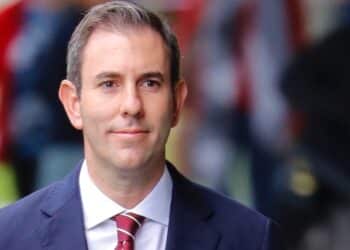In a statement issued by finder.com.au, it said this was the highest level of combined personal loans and credit card debt since October 2011.
“The highest level of household credit card and personal loan debt recorded was in May 2008, with over $112.6 billion,” a statement from finder.com.au said.
“Personal loans are more popular than credit cards, with $59.6 billion of personal loan debt held by households compared to $41.8 billion in credit card debt outstanding.
“Personal loan debt has also grown by 2.21 per cent over the past year (December 2013 – December 2014), while credit card debt has increased by less than 1 percent (0.72 per cent),” the statement said.
Finder.com.au money expert Michelle Hutchison said the debate for Australians to put debt on a credit card or personal loan is a “common financial hurdle” this time of year.
“Australian households are often struggling with expenses at this time of year, following an over-spending period over summer,” Ms Hutchison said.
“The best way to finance unexpected expenses or unmanageable debt takes careful consideration so that you don’t end up struggling even more down the track.
“It really depends on what you need the money for, your credit profile and your ability to pay it back over a set period of time,” she said.




Dealing with rubbish debt is the most important financial planning consideration. This is where good planners can make the greatest early impact on a client’s financial future. When I worked for a bank, it was concerning to see how someone with a high credit card and personal loan balance, would be a retail branch’s most profitable customer. Not surprising that there is little or no financial incentive for a bank employees to help these strugglers in any way.
Maybe they could package this debt up and sell it as investments to their retirees?!